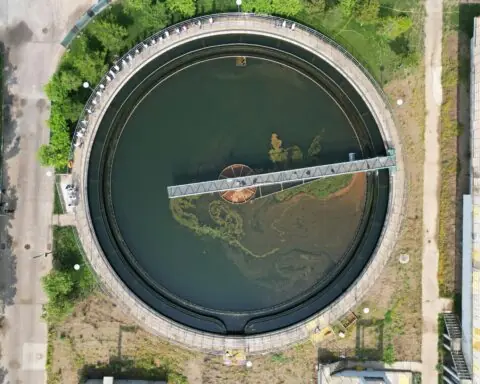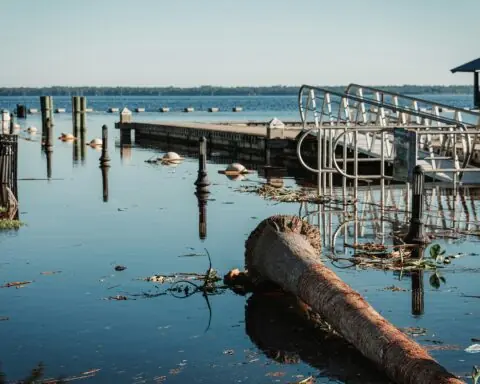Texas this week announced a $3.03 billion investment in water and wastewater projects located throughout the state.
The projects are being funded through the Texas Water Development Board’s Clean Water State Revolving Fund and State Water Implementation Fund for Texas.
The Clean Water State Revolving Fund, authorized by the Clean Water Act, provides low-cost financial assistance for planning, acquisition, design and construction of wastewater, reuse and stormwater infrastructure.
The State Water Implementation Fund for Texas helps communities develop cost-effective water supplies by providing low-interest financing, extended repayment terms, deferred repayments, and incremental repurchase terms.
Projects include:
- $747.5 million to the Brazosport Water Supply Corporation in Brazoria County for the Harris Expansion Project, which will provide additional water storage capacity through an off-channel reservoir and associated infrastructure. The project, located immediately north of the existing Harris Reservoir site in Brazoria County, will nearly triple the total storage capacity.
- $535.1 million to build a seawater desalination plant. The plant will be designed to produce potable water and will be fully integrated into the city’s regional water system, with an initial capacity of 20 million gallons per day and the option to expand to 30 million gallons per day in the future.
- $320.8 million for the Upper Trinity Regional Water District (which includes Fannin, Collin, Cooke, Dallas, Denton, Grayson, Hunt, and Wise counties) to build a water supply project. The District requested additional funds to continue construction of Lake Ralph Hall reservoir in Fannin County. The reservoir will provide a firm yield of about 39,205 acre-feet and up to 21,283 acre-feet of indirect reuse to meet projected water demands. The TWDB previously committed $513,580,000 to the project.
- $320 million for a water supply project in Harris County. The Coastal Water Authority will construct an additional pipeline to ensure continued uninterrupted water supply and to support future demand.
Photo by Ivan Bandura on Unsplash













